Get PeakVisor App
Sign In
Search by GPS coordinates
- Latitude
- ° ' ''
- Longitude
- ° ' ''
- Units of Length

Yes
Cancel
Share ×

Scan the QR code and open PeakVisor on your phone
❤ Wishlist ×
Choose
Delete
The East Humboldt Range is a mountain range located in the northeastern region of the US state of Nevada. Though small in size, the range features stunning landscapes and craggy peaks. There are 7 named mountains within the range, the tallest and most prominent of which is Hole in the Mountain Peak (11,296 ft/3,443 m).
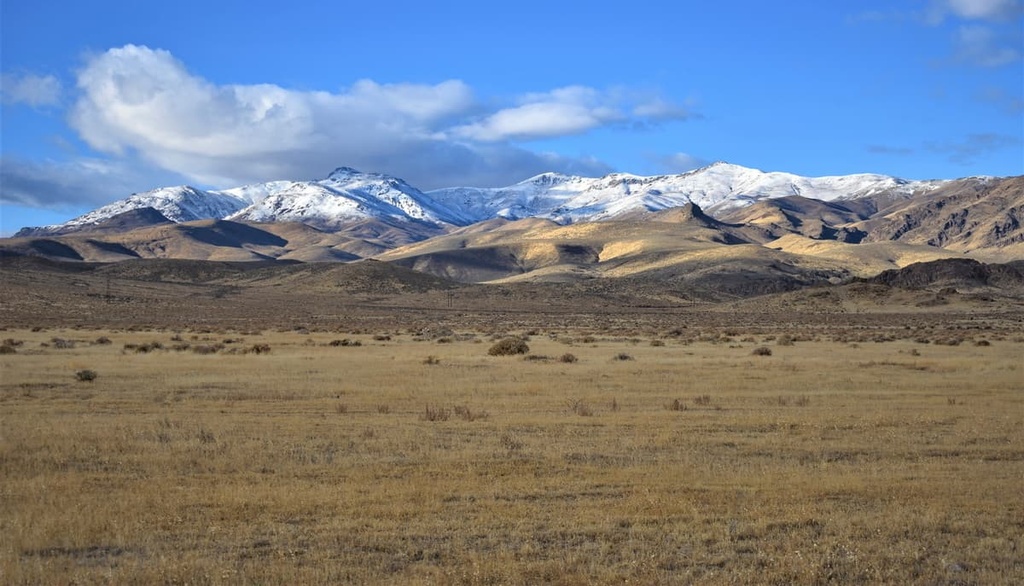
The majority of the East Humboldt Range lies within the Humboldt National Forest and the East Humboldt Wilderness Area. Both of these areas of public land are located in the northeastern part of the US state of Nevada, just to the north of the Ruby Mountains.
Situated on the eastern edge of the Humboldt River watershed, the range spans roughly 30 miles (48 km) from north to south. Sagebrush covers the dry desert landscape found at the lower elevations in the region.
The range’s steep and lofty slopes support alpine meadows, lakes, moraines, and craggy peaks. Alpine meadows and stands of trees are found throughout the East Humboldt Range, while the highest elevations in the region are marked by low-growing grasses.
The East Humboldt Range receives far more rainfall than most other mountain ranges in Nevada, which is one of the reasons why it has flourishing alpine meadows. This high level of annual rainfall supports a multitude of seasonal creeks and streams in the range, many of which drain into the Humboldt River that lies to the northwest.
There are about 90 miles (145 km) of hiking trails found throughout the remote range along with numerous forest service roads. The only paved road in the region is the Angle Lake Road, which is commonly used by hikers and campers to access the range’s more remote terrain.
The East Humboldt Range is also situated near numerous other areas for outdoor recreation. For example, the Ruby Mountains Wilderness Area is located to the southwest while the Jarbidge Wilderness Area is situated to the north. The South Pequop Wilderness Study Area and Bluebell Wilderness Study Area lie to the east of the range and the Goshute Canyon Wilderness Area is nestled to the south.
The East Humboldt Range is a subrange of the Great Basin Ranges, which encompass portions of the states of Nevada, Utah, Idaho, Oregon, and California.
Formed by a tilted fault block, the East Humboldt Range dates back to the Early Miocene. Tectonic extension throughout the region folded the Earth’s crust, eventually forming the series of alternating peaks and valleys that the region is named after. The outer layers of the range primarily consist of sedimentary rocks while the core is composed of igneous and metamorphic rocks.
The eastern side of the range is marked by a steep escarpment while the western side features more gradual slopes and foothills. During the last glacial maximum, a majority of the region was heavily glaciated.
As the glaciers began to retreat, granite cliffs, cirques, and U-shaped canyons were left behind. Some of the tarns that were formed by these glaciers are still visible today, including Angel Lake, Greys Lake, and Smith Lake, all of which are situated within the East Humboldt Wilderness Area.
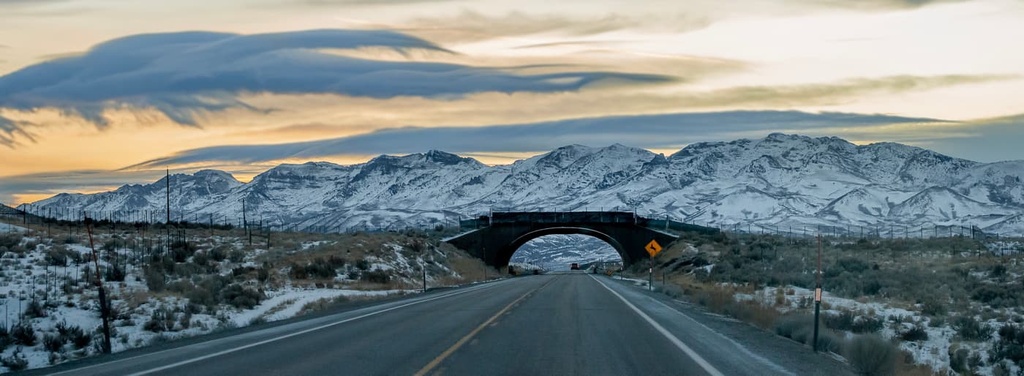
Major peaks within the East Humboldt Range include Hole in the Mountain Peak, Humboldt Peak, Greys Peak, Signal Peak, and Tent Mountain.
Sagebrush dominates the lower elevations in the range, especially within the western foothills. Stands of aspen and conifer trees grow more common as elevations increase in the range.
The majority of the range features low-growing grasses, rock fields, and seasonal wildflowers. These alpine meadows remain relatively lush throughout the year due to the high amounts of rainfall in the region.
The fauna found in the range is similar to that found throughout much of Nevada. Populations of mule deer, bighorn sheep, coyotes, mountain goats, and mountain lions are common in the East Humboldt Range.
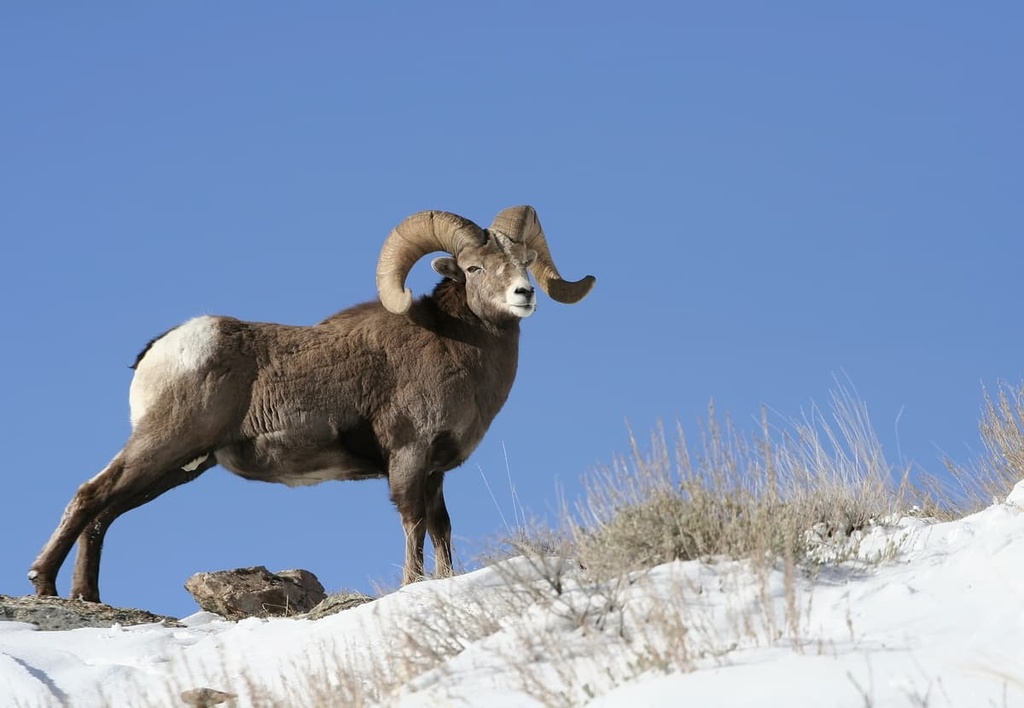
Furthermore, the East Humboldt Range and the nearby Ruby Mountains are the only places in the US where the Himalayan snowcock (which is native to the Himalaya and countries like China, Nepal, India, and Pakistan) can be found. These birds were introduced to the area in the 1960s.
The waterways in the range are home to both brook and rainbow trout. The Lahontan cutthroat trout, which happens to be the state fish of Nevada, also lives in the region and is classified as threatened by the US federal government. There is a large regional conservation effort underway, particularly thanks to the Pyramid Lake Paiute Tribe, to protect this important and unique species from extinction.
The land in and around the East Humboldt Range has been home to humans for thousands of years. Prior to the arrival of European settlers, Indigenous peoples lived harmoniously with the land in present-day northern Nevada.
While numerous tribes and bands migrated throughout the region over the millennia, the Western Shoshone are one of the most notable peoples to have ancestral ties to this area. The Northern Paiute also traditionally live in what is now northeastern Nevada, though they traditionally migrated throughout the region with the changing of the seasons.
The first people of European descent to travel to the region arrived during the 1820s. In the following decades, the population of settlers in the region began to grow rapidly.
A series of battles broke out between Indigenous people and the settlers in the region as the tribes fought to protect their native homelands. Some of the major battles in the area included the Pyramid Lake War, Owens Valley Indian War, Snake War, and Bannock War.
Infectious diseases, such as smallpox and measles, that were brought over by the Europeans decimated the Indigenous communities in the region as they had no natural immunity to these illnesses. Those who survived were eventually forced onto reservations by the US government.
The California Gold Rush brought even more settlers to the region during the nineteenth century as the California Trail traveled just to the north of the range. However, the relatively low amounts of rainfall that occur throughout Nevada limit its agricultural potential and eventually led many of these settlers to flee the region in the twentieth century.
The East Humboldt Range was placed under federal management with the establishment of the Humboldt National Forest in 1908. A few decades later, in 1989, part of the range was formally protected by the US government with the formation of the East Humboldt Wilderness Area in 1989.
The East Humboldt Range is home to around 90 miles (145 km) of trails. Here are some of the most popular trails in the range to check out during your next trip to the region.
Angel Lake is arguably the most visited spot found in the range. The lake boasts a designated campground, too, so it’s a suitable destination for a range of hikers.
To get to the southern part of the lake, you can follow a 1.2 mile (2 km) out-and-back trail that also leads to a waterfall. Once at the lake, you can sit back and enjoy the views or go for a swim.
The Smith Lake via Angel Lake Trail begins at the Angel Lake Campground. This trail climbs steadily while passing through stands of trees and alpine meadows. The route then climbs along a rocky bluff as you make your way to Smith Lake.
Rugged hillsides tower above Smith Lake and mountain goats are common on the surrounding slopes, all of which help to make the region that much more magical. This out-and-back trail is 2.5 miles (4 km) in length and it has 790 feet (241 m) of elevation gain.
The Winchell Lake Trail lies along the eastern edge of the East Humboldt Range. During the spring and summer months, the trail is full of wildflowers as it passes through alpine meadows and ridgelines.
This trail climbs steadily throughout with no major steep sections. Winchell Lake is a relatively small body of water but it offers views of Hole in the Mountain Peak to the southwest. This out-and-back trail is 6.8 miles (11 km) in length and it has 1,535 feet (468 m) of elevation gain.
Looking for a place to stay near the East Humboldt Range? Here are some of the best cities and villages to check out in the region.
The closest city to the East Humboldt Range is Elko. Situated just to the northwest of the range, Elko is home to around 21,000 residents. The city of Elko is located along the shores of the Humboldt River and it serves as the economic and cultural hub for northeastern Nevada.
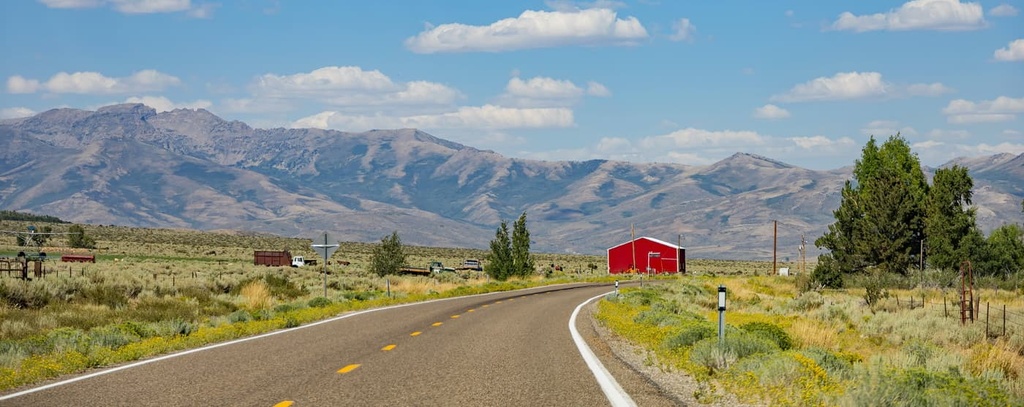
The nearby Ruby Mountains and Lamoille Canyon are both popular tourist attractions among visitors to Elko. The Ruby Mountains Wilderness and the East Humboldt Wilderness Area are accessible from the city throughout much of the year for hiking, camping, running, and snowshoeing.
Elko also hosts the National Basque Festival and the National Cowboy Poetry Gathering each year. Furthermore, Great Basin College is located in Elko along with the Western Folklife Center. Numerous hot springs lie just outside the city limits and can be accessed throughout the year, too, if you’re looking for other ways to spend time in Elko when you’re not out on the trail.
The city of Twin Falls lies in southern Idaho, just a 2-hour drive to the north of the East Humboldt Range. Situated along the Snake River, Twin Falls is home to around 50,000 residents, making it the most populous city in Twin Falls County.
Notable sites in the area around Twin Falls include the Shoshone Falls, which are located along the Snake River, and the Magic Mountain Ski Resort. Twin Falls is also known for being the site of Evel Knievel’s famous 1974 attempt to cross the Snake River by shooting himself out of a canyon.
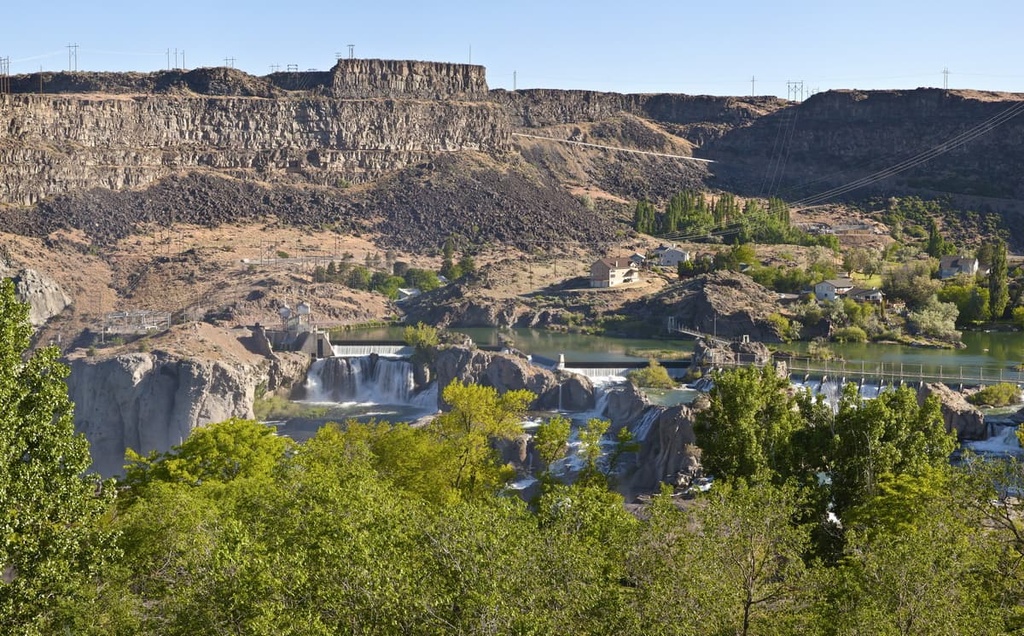
Explore East Humboldt Range with the PeakVisor 3D Map and identify its summits.




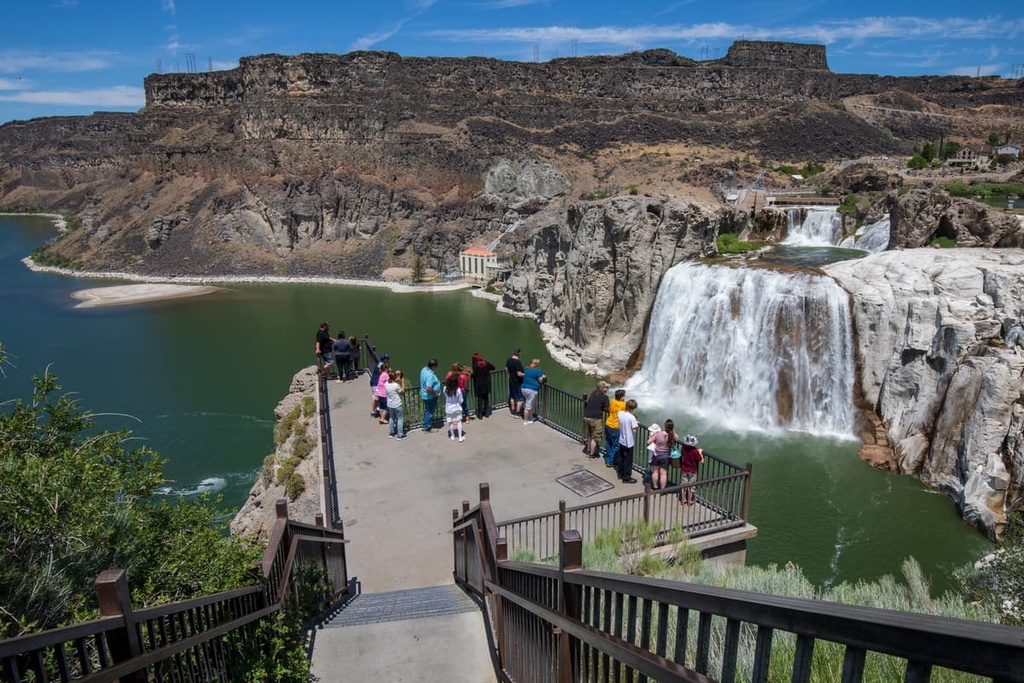
_6.1_miles_north_of_the_southern_terminus_in_Clover_Valley,_Nevada-cropped.jpg)
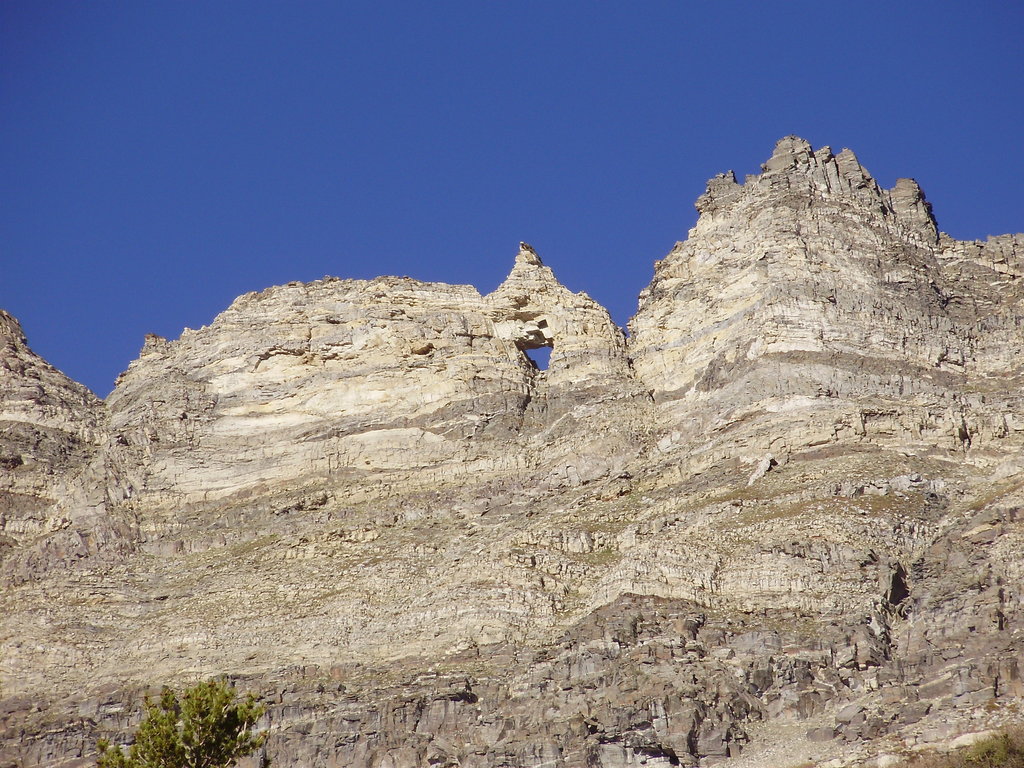
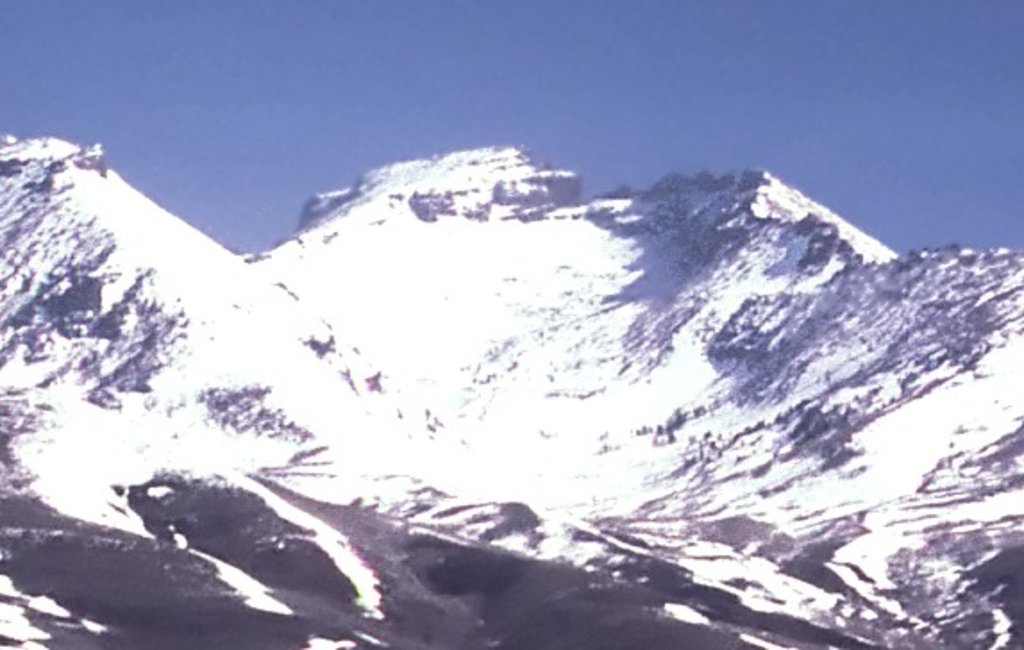
nevada-11ers
nevada-peaks-club
western-state-climbers
western-state-climbers-star
great-basin
nevada-11ers
nevada-peaks-club
western-state-climbers
western-state-climbers-star
great-basin
